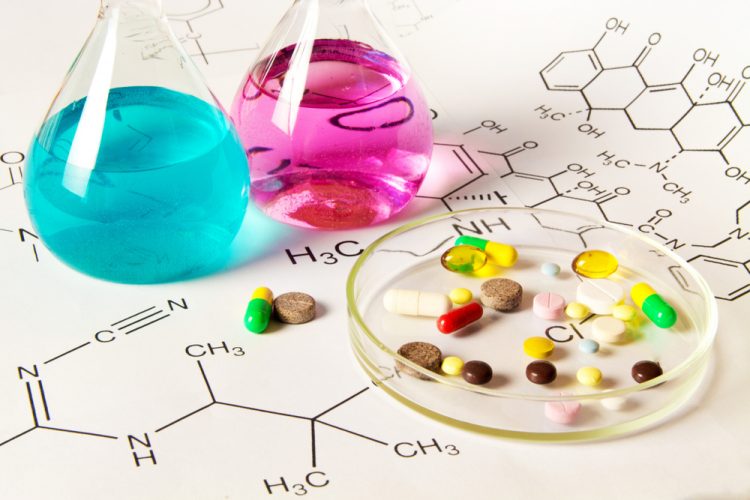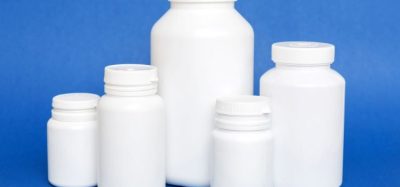Manganese a promising new catalyst for drug synthesis
Posted: 6 October 2021 | Anna Begley (European Pharmaceutical Review) | No comments yet
Researchers have found that manganese can simplify the process of synthesising fluoroketones for drug design and manufacture.


A team of researchers at Rice University, US, have revealed that manganese salt simplifies the process of fluoroketones, precursor molecules for drug design and manufacture.
Previously, the complex method required expensive silver catalysts. A new study, published in ACS Catalysis, investigated how to replace this method with a cerium-based compound. That in turn led the researchers to eye manganese as a next-level catalyst.
Attaching negatively charged fluorine atoms to ketones helps direct the functional groups toward desired reactions when used in anti-cancer and other compounds, explained Rice chemist Julian West. West also noted in a previous study that replacing hydrogen atoms with fluorine “is like armour plating at that position” and helps drugs last longer in the body.
Some of the advantages of using manganese include its low cost and great availability. “The amount of product we got with cerium was good, but for it to work, we had to use as much cerium as starting material,” commented West. “With manganese, we required less than a tenth as much catalyst, and more importantly, it just works better. We would rather use a trace amount of catalyst to save on material costs and to simplify purification.”
Cerium can be recycled for reuse as a catalyst but it requires a difficult reoxidisation. That turned out to be much easier with manganese salts. Postdoctoral researcher Yen-Chu Lu found the reagent Selectfluor reoxidises the manganese enough to repeatedly react.
The only downside, West added, is that manganese-enabled reactions can take several hours to produce a batch of molecules as opposed to the half-hour or so needed by cerium. But even that limitation should prove no obstacle because of the relative cost. “In our view, that is a fair trade-off, because you are reducing the amount of reagents you need to add and getting more of the compound that you want,” West concluded.
Related topics
Clinical Development, Drug Development, Drug Manufacturing, Ingredients, Research & Development (R&D)









